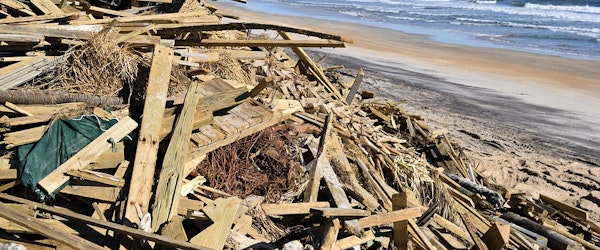
Moody’s RMS Estimates $2.5-$4.5 Billion in U.S. Insured Losses from Hurricane Beryl
Tuesday, July 16th, 2024 Catastrophe Insurance Industry Property Risk ManagementMoody’s RMS Event Response has projected U.S. insured losses from Hurricane Beryl to range between $2.5 billion and $4.5 billion, attributing the damage to wind, storm surge, and precipitation-induced flooding. The National Flood Insurance Program (NFIP) is expected to incur less than $300 million in losses, while non-U.S. insured losses are anticipated to stay below $1.5 billion. The Caribbean, particularly Jamaica and the Windward Islands, experienced the majority of the non-U.S. losses, while Mexico’s losses were minimal due to Beryl’s path avoiding densely populated areas.
Hurricane Beryl’s path from the Windward Islands to the Texas Gulf Coast included landfalls in Carriacou Island, Grenada; Tulum, Mexico; and Matagorda, Texas. It became the earliest Category 5 hurricane on record in the Atlantic Basin, with significant damage reported in various regions.
Jeff Waters of Moody’s highlighted the complexity of Beryl’s impact, especially in Texas, where strong winds affected the Houston Metro area. Despite Texas having less stringent building codes, the high exposure density contributed to extensive minor and moderate damage. Raj Vojjala from Moody’s added that treefall, infrastructure washouts, and tornadoes exacerbated the situation, causing power outages and potentially inflating claims.
Moody’s expects most losses to be retained by primary insurers, with parametric coverage aiding economic losses in the Caribbean. As the 2024 hurricane season unfolds, Moody’s RMS emphasizes the need for the (re)insurance industry to stay prepared with the latest modeling tools and data.





